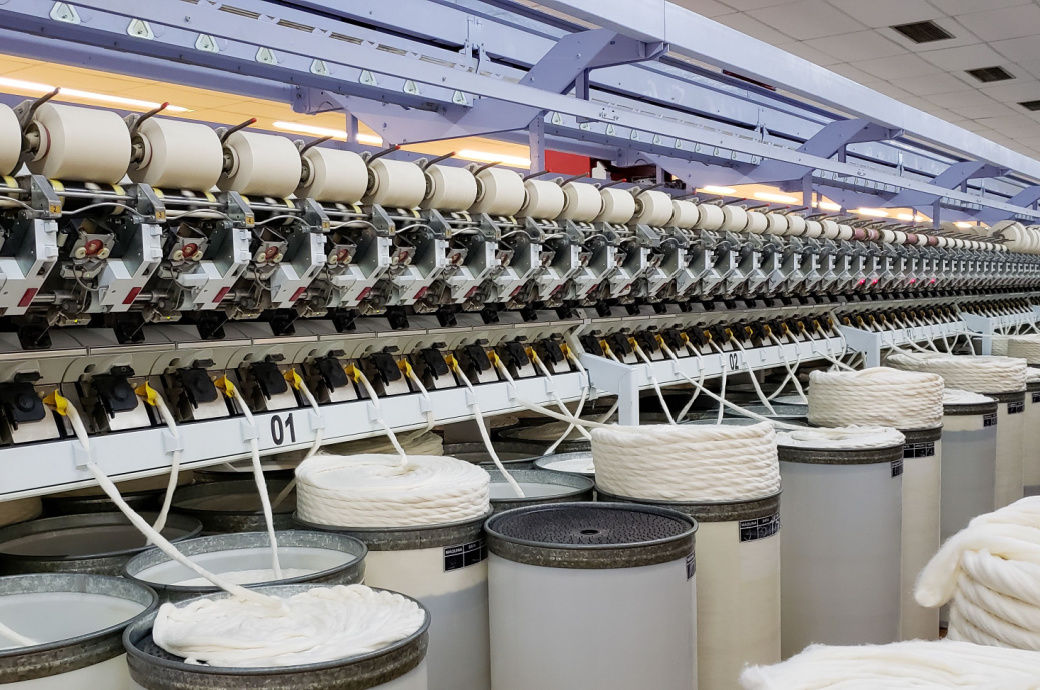
The headline index dropped from 50.3 in August to 49.8 in September.
The survey's sub-indices point to the production trend deteriorating in the coming months amid an intensifying downturn in global trade flows, subdued demand linked to the ongoing cost-of-living crisis and growing economic uncertainty about the outlook.
One positive came from an easing of supply chain delays, though these in turn were largely the result of cooling demand, a release from the company said.
The rate of factory production decline accelerated to the fastest since April, when lockdowns in mainland China had disrupted global production growth. Barring pandemic related shutdown months, the latest decline was the steepest recorded since the euro area debt crisis of 2012.
Other survey indices, notably the new-orders-to-inventory ratio, have been signalling a worsening of the production trend in recent months, and remained worryingly low—amongst the lowest in the survey history barring times of extreme stress—in September.
Of the 31 economies for which S&P Global PMI data are available for September, some 21 reported falling production. Myanmar and Taiwan are seeing the steepest downturns, followed by the Czech Republic and Poland, the latter two suffering from their proximity to the war in Ukraine and soaring energy costs. The eurozone and UK are likewise seeing above average downturns, also linked to Europe's energy crisis.
Similarly, production remained under pressure across North America, largely linked to the cost of living crisis.
Export growth was limited to India, Singapore, Vietnam, Australia and Thailand, though trends varied markedly even within the Asia Pacific, with Taiwan recording the steepest export losses again in September. However, besides, Taiwan, the worst export trends were generally seen in Europe, reflecting the detrimental impact from the Ukraine war and cost of living crisis, S&P Global added.
ALCHEMPro News Desk (DS)
Receive daily prices and market insights straight to your inbox. Subscribe to AlchemPro Weekly!